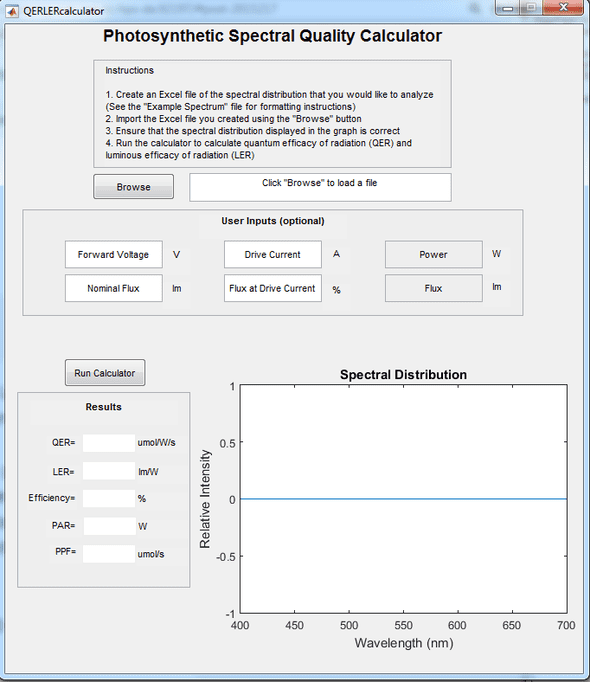C
cccmints
- 75
- 18
I'm purchasing a lux meter to observe the CXB3590 (CD) 3500K & Vero SE 29 Gen 7 (D) 3500K @ 1.75 amps. The results of this observation will be used for a 12 COB fixture design. I'll likely test more COBs, and these same COBs, at different currents after these two have been tested @ 1.75a. Any other COBs you'd like to suggest for testing I'll consider purchasing as well.
For now these will be my options:
[CXB3590] 36 x 1.75 = 63 Watts || 756 Watt Fixture
[Vero 29] 36.6 x 1.75 = 64.05 Watts || 768.6 Watt Fixture
Once I've built my fixture, I want to run, document, and present a proper experiment comparing COB LED to 1000w HPS DE, with LED running @ 20-25% less power draw. The problem is, even the HPS guys agree HPS is not ideal for vegetative growth. I don't want to appear bias towards LED by using HPS for veg. After all, the big question we all have right now is; Can LED hang with HPS during the flowering stage?
I'd love some input on this while I wait for the lux meter, COBs, and driver to come in. I can't grow cannabis right now, so I'm looking for a plant which has similar growth characteristics to marijuana. I'm considering Sunn Hemp, Electric Daisy, Spider flowers, Cranberry Hibiscus, etc.
Here's a link to the page I got these ideas from:
https://www.greenrushdaily.com/legal-plants-similar-cannabis/
For the experiment, since I'm choosing to test LED with a kelvin temp suitable to full-cycle growth, should I veg the HPS plants alongside the LED plants in the same tent during veg and then transfer the HPS plants to their own tent under the 1000w HPS DE light for flowering once its time to switch the photoperiod to 12/12?
For now these will be my options:
[CXB3590] 36 x 1.75 = 63 Watts || 756 Watt Fixture
[Vero 29] 36.6 x 1.75 = 64.05 Watts || 768.6 Watt Fixture
Once I've built my fixture, I want to run, document, and present a proper experiment comparing COB LED to 1000w HPS DE, with LED running @ 20-25% less power draw. The problem is, even the HPS guys agree HPS is not ideal for vegetative growth. I don't want to appear bias towards LED by using HPS for veg. After all, the big question we all have right now is; Can LED hang with HPS during the flowering stage?
I'd love some input on this while I wait for the lux meter, COBs, and driver to come in. I can't grow cannabis right now, so I'm looking for a plant which has similar growth characteristics to marijuana. I'm considering Sunn Hemp, Electric Daisy, Spider flowers, Cranberry Hibiscus, etc.
Here's a link to the page I got these ideas from:
https://www.greenrushdaily.com/legal-plants-similar-cannabis/
For the experiment, since I'm choosing to test LED with a kelvin temp suitable to full-cycle growth, should I veg the HPS plants alongside the LED plants in the same tent during veg and then transfer the HPS plants to their own tent under the 1000w HPS DE light for flowering once its time to switch the photoperiod to 12/12?
Last edited:






